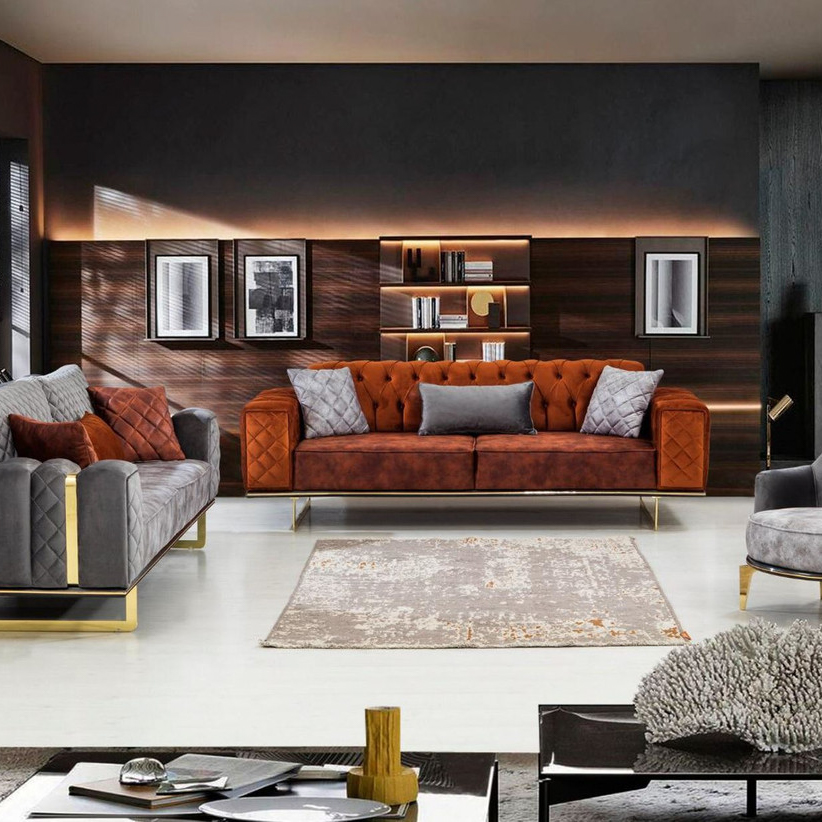Postmodernism, a movement that originated in the 1960s and became prevalent in the 1970s and 1980s, challenged the conventions of modernism by embracing a more playful and eclectic approach to design. The postmodern style emphasized the use of bright, bold colors, and whimsical forms that often broke free from traditional design parameters. This movement had a significant impact on art, architecture, and product design, including table lamps.
This article aims to explore the postmodern table lamp design and its unique characteristics that set it apart from conventional lamps.
The Characteristics of Postmodern Table Lamps
Postmodern table lamps differ from traditional lamps in several ways. First and foremost, they are characterized by their playful, unconventional designs. While traditional lamps often have clean, simple lines, postmodern lamps are more complex, with asymmetrical shapes, vivid colors, and unexpected combinations of materials.
Another characteristic of postmodern table lamps is their ability to blend with many interior design styles, thanks to their versatile designs. They can effortlessly add color, texture, and character to minimalistic, modern spaces or provide a bold accent in more eclectic or traditional decor.
Materials and Construction
Postmodern table lamps were typically constructed from a variety of materials. Designers utilized new materials such as plastic, neon, and acrylic alongside more traditional materials like brass, glass, and wood to create eclectic and attention-grabbing forms.
Some of the postmodern table lamps were made of plastics or polycarbonate. The postmodernist designer Verner Panton popularly used synthetic materials in his lamps. Panton’s table lamps are noteworthy for their smooth curves, fluid forms as well as illuminated, translucent shades that exude ambient lighting.
The Role of Color
Postmodern table lamps embrace color and incorporate it as a vital element in lamp design, making them a highlight focal point in a room. The colorful effect is achieved in postmodern lighting through the usage of colored glass or tinted or painted metal. They also utilize illumination sources, such as neon, LED, and fluorescent bulbs. These light sources come in a variety of colors, and some lamps include multiple colored bulbs to create a dramatic effect.
Postmodern Table Lamps in Contemporary Design
Today, postmodern table lamps remain popular because of their unique designs that complement the modern, eclectic, and minimalist styles that dominate interior design. These lamps endure because they embrace whimsy, playfulness and promote individuality, which can inject personality and fun into any living space.
Many contemporary designers continue to draw inspiration from the postmodern movement, updating classic designs with contemporary materials and subtle details. For example, with the help of modern 3D printing techniques, designers can create postmodern table lamps with intricate faceted exteriors that are not only visually stunning but also energy-efficient.
The Future of Postmodern Table Lamps
As consumers become more conscious of the impact their purchases have on the environment, we expect that designers will continue to create postmodern table lamps using materials that are more sustainable, such as bamboo or recycled plastics. Also, the designs will become more efficient and user-friendly without sacrificing the creative spirit that has made postmodern designs so beloved.
Postmodern table lamps exemplify the values of a more carefree, playful, and expressive era. From their playful and unconventional designs to their use of bright, bold colors, these lamps embody a spirit of individuality and creativity that has enduring appeal in contemporary interior design today. With new design ideas and materials likely to continue to emerge, the future of postmodern table lamps looks bright.



